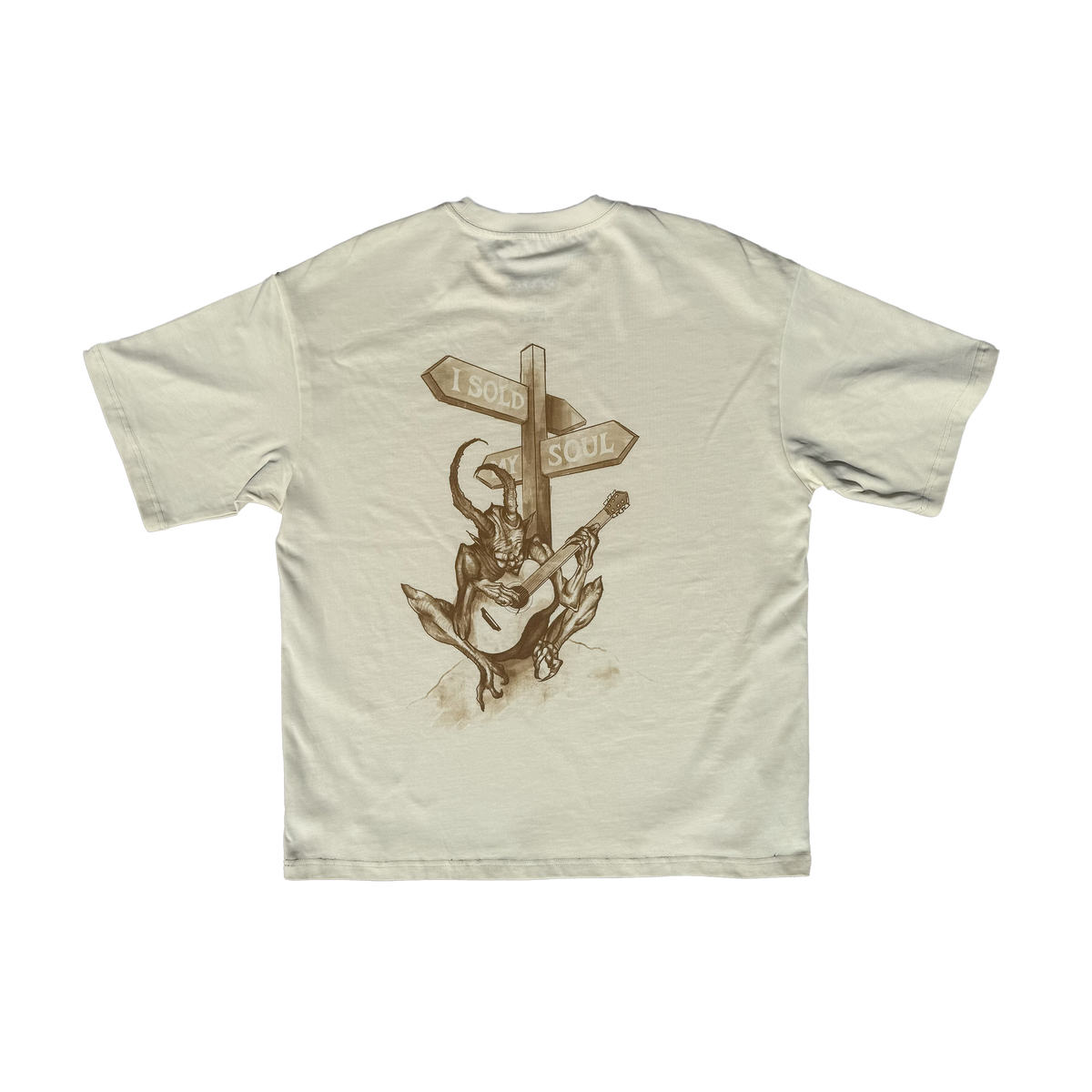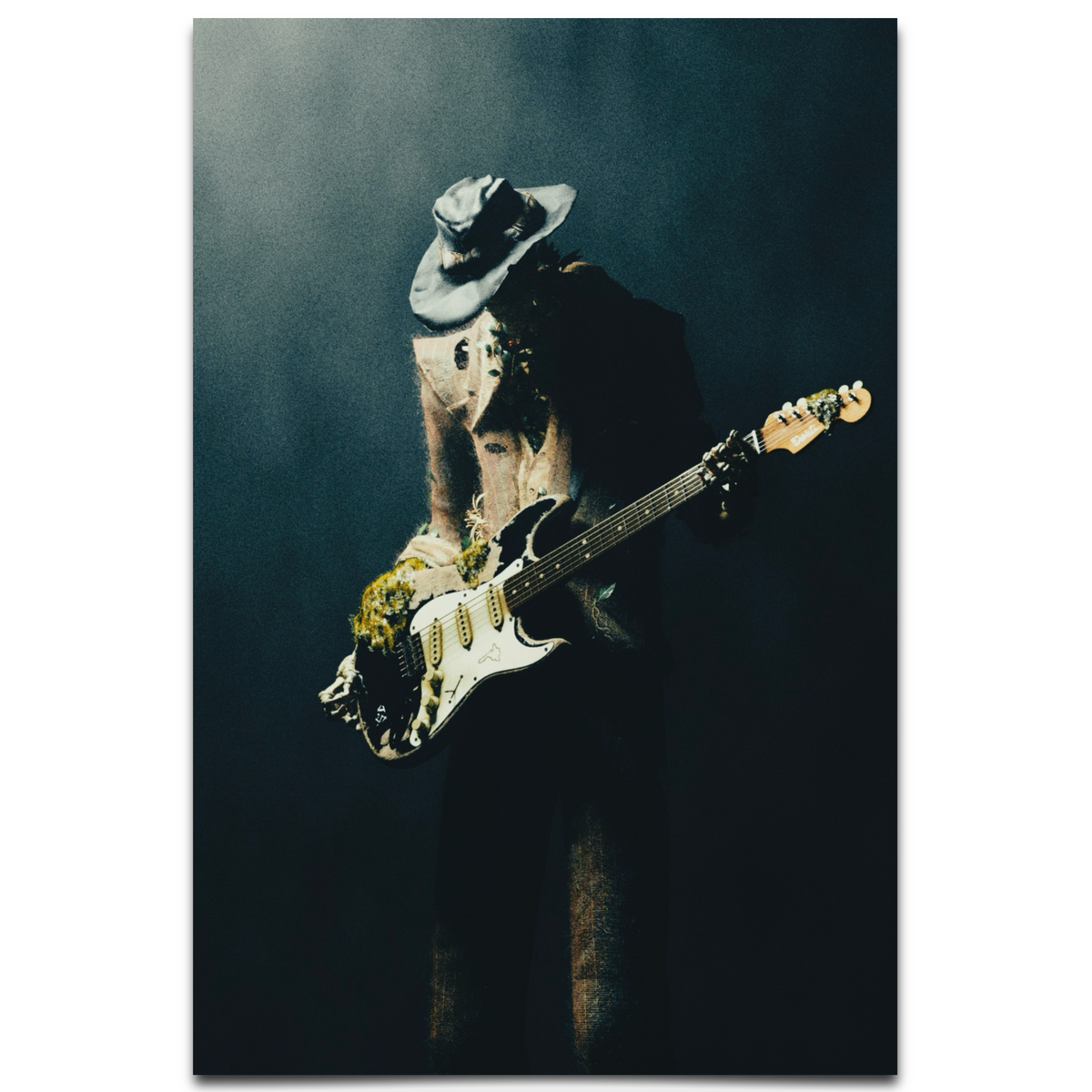Modulation, the process of changing from one key to another in a song, is a powerful tool in a songwriter’s arsenal. When used thoughtfully, it can create dramatic effects that elevate the emotional impact of a piece, making listeners sit up and take notice. Whether you’re writing a pop ballad, a rock anthem, or a cinematic score, modulation can inject surprise, tension, or triumph into your music. Let’s explore how this technique works and why it’s so effective for drama in songwriting.
1. Building Emotional Intensity
One of the most common uses of modulation is to heighten emotion, especially in a song’s climax. Shifting up a half-step or whole step—often toward the end of a song—can make the music feel more urgent or uplifting. Think of classic power ballads where the final chorus kicks up a notch (like in Whitney Houston’s “I Will Always Love You”). This sudden lift mimics a surge of emotion, pulling listeners deeper into the story or message. It’s a signal that the stakes are higher, and the resolution is near.
2. Creating Surprise and Breaking Monotony
A well-placed modulation can catch listeners off guard, breaking the predictability of a song’s structure. If a verse or chorus feels repetitive, modulating to an unexpected key can refresh the listener’s ear and reignite interest. For example, a sudden shift to a minor key in a predominantly major song can introduce a darker, more dramatic tone, hinting at conflict or loss. This contrast keeps the audience engaged and adds layers to the narrative.
3. Highlighting a Narrative Shift
Songs often tell stories, and modulation can underscore a turning point in the lyrics. If a character in your song experiences a revelation, betrayal, or victory, changing keys can mirror that shift musically. A move to a brighter key might signify hope or resolution, while a descent to a lower or minor key could reflect despair or tension. This technique is especially effective in musical theater, where key changes often align with plot twists to amplify the drama on stage.
4. Enhancing Dynamics with Instrumental or Vocal Impact
Modulation isn’t just about the key change itself—it’s also about how it’s executed. Pairing a modulation with a dynamic shift, like a soaring vocal run or a powerful instrumental swell, can make the moment feel larger than life. For instance, in rock or orchestral pieces, a modulation might coincide with a drum fill or string crescendo, creating a cinematic “wow” moment that feels inherently dramatic.
In summary, modulation is more than a technical trick; it’s a storytelling device that can transform a song’s emotional landscape. By using it to build intensity, surprise listeners, mark narrative shifts, or amplify dynamics, songwriters can craft unforgettable dramatic moments. The key (pun intended) is to use modulation purposefully—too many changes can feel chaotic, but a single, well-timed shift can leave a lasting impact. So, experiment with modulation in your next song, and see how it can turn a good idea into a powerful, dramatic experience.
























